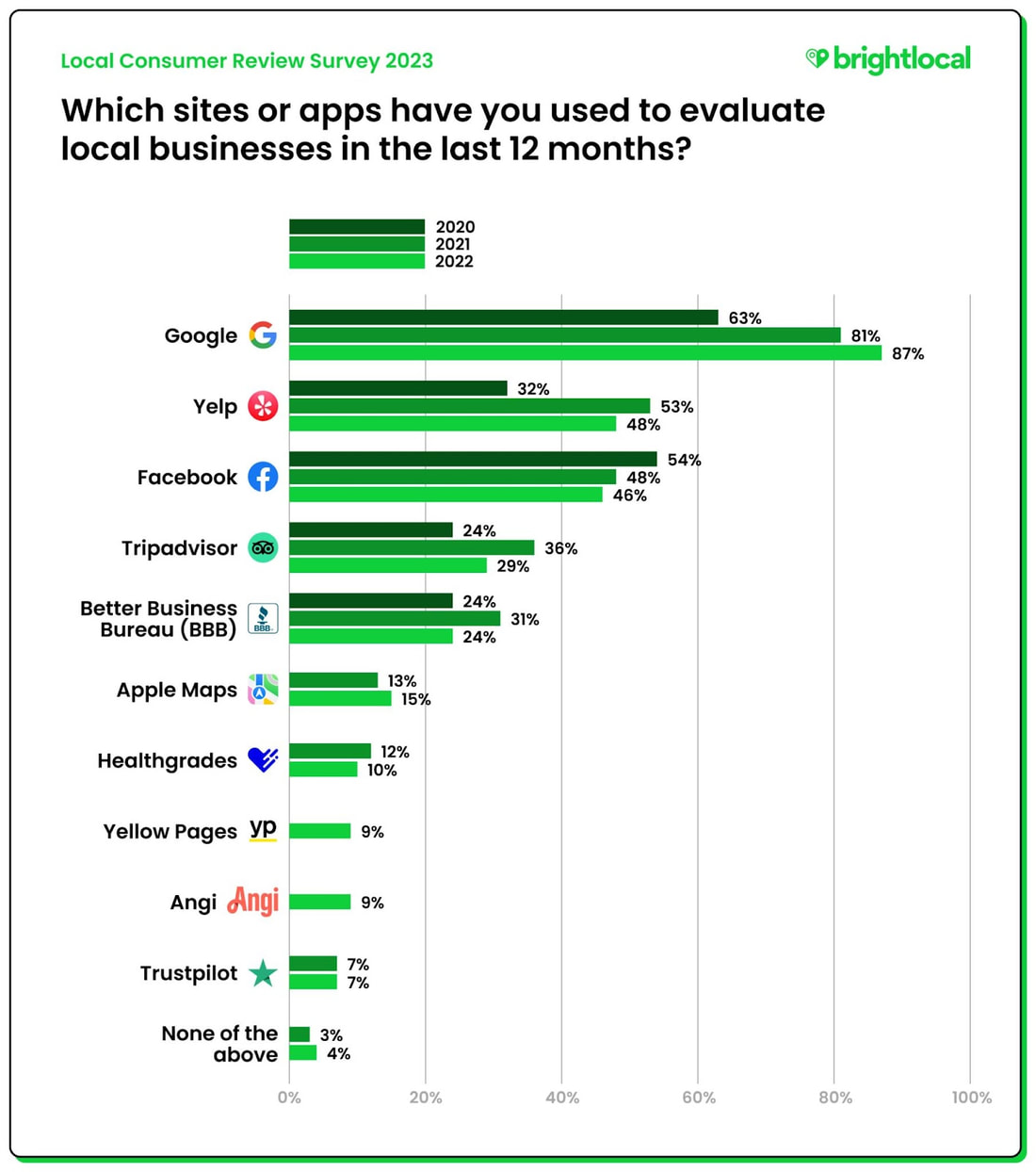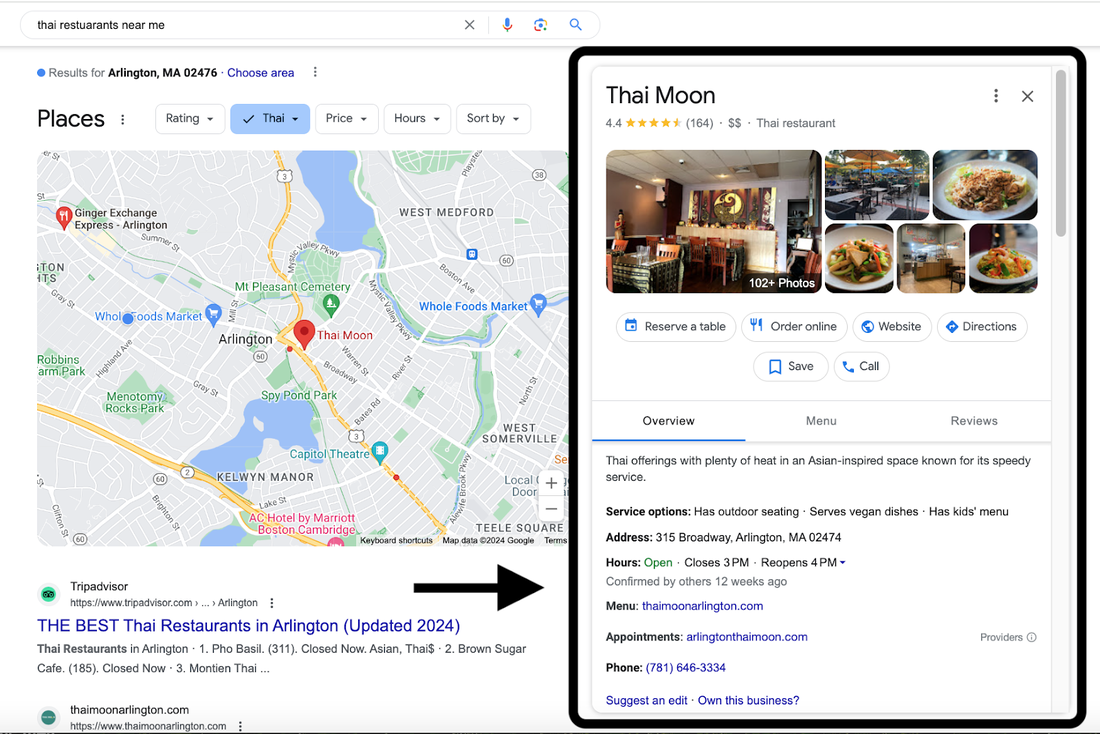|
Running a small business isn’t for the faint of heart. Revenue, customer service, and everything else falls into your lap…and then there’s marketing. You’re not alone. Did you know that 4.4 million businesses open each year? That’s millions of entrepreneurs learning how to develop a digital marketing strategy to support their business. In this article, you’ll learn about the elements of digital marketing and how to use them to effectively market your small business. Core components of digital marketing What is digital marketing? In short, digital marketing is a collection of online strategies that promote your business. It includes, but isn’t limited to:
It helps to look at digital marketing through the “7 Cs” — a framework or checklist that helps marketers navigate and achieve their goals. As the name implies, this framework revolves around seven points:
Making the most of your small business digital marketing A digital marketing strategy is essential to long-term success. Here’s how to set things up: Understand your target audience Before creating marketing campaigns, you must know who you’re talking to. Each business has a target audience — a group of consumers whose needs and preferences match the business’s strengths. Learning about your target audience helps you personalize your marketing, a service that today’s audiences expect. You can personalize your offering based on your audience’s age group, location, family status, buying behavior, and anything else relevant. Generate leads with content Content is an excellent lead-in to digital marketing for small businesses. It’s usually low-cost and perfect for marketing on a shoestring budget. Follow these three tips to kickstart your content production:
Every content piece should have a “next step” the reader can take to learn more. Since you’re building your audience at this stage, focus on inviting audiences to join your email list. Each new subscriber is a potential long-term customer. Target local buyers Did you know that 81% of consumers prefer to shop locally? More than half would pay more to do so. But to leverage this fact, you must help people learn you’re out there. Online local marketing sends that message. You need a website with local keywords and a business profile you can add to online listing sites, like Yelp or Google Business Profile. Optimize your website for mobile It’s official — more than half of all searches and almost two-thirds of email opens happen on mobile devices. Your website needs to look professional and polished if you want to land those on-the-go customers. Maximizing engagement and conversions Engagement and conversion are the biggest “power words” in digital marketing for small businesses. Engagement is any audience interaction, such as customer calls or comments on social media, and conversion is when someone takes a desired action, like purchasing your product or downloading a free resource. It goes without saying, you must keep these two at a high level for successful business. Reaching more new customers New customers mean growth, and digital advertising provides the fastest way to reach them. There are multiple types of digital ads, including:
Ads are one of the most beginner-friendly marketing strategies. Advertising platforms, such as Google Ads, lead you through the process step-by-step. Retaining current and past buyers Returning buyers have the potential to become loyal customers. The key to developing relationships with them is staying in touch to remain top-of-mind. SMS marketing or text message marketing is a simple yet effective way to stay in touch. Once someone opts in to receive your texts, you can send all kinds of brief messages, from announcements about upcoming promotions to notifications that a favorite product is back in stock. Building meaningful relationships Personalized email marketing is your number one ticket to deepening relationships with prospects to transform them from one-time buyers into long-term customers. Constant Contact makes personalization easy with digital marketing tools powered by automation. Segment your customers by interest so you can send the right messages to the right people, create custom emails quickly using drag-and-drop email templates, and schedule tasks to launch automatically to improve efficiency. Constant Contact provides email marketing, social media marketing, SMS marketing, and analytics services, so you always know what works and what needs adjusting for better results. Listening and responding to feedback Engaging with consumer reviews is another essential way brands build relationships. Requesting feedback shows you care about the customer experience, especially when you respond to reviewers. According to BrightLocal, 88% of consumers are likely to buy from a brand that responds to all reviews. Practical considerations for small business marketers Let’s look at some details that will make your campaigns more effective. Call them the three S’s — search engine optimization (SEO), shareability, and savvy budgeting. Search engine optimization SEO helps your website rank higher in search results for search engines like Bing and Google. In terms of local search, 87% of queries are made through Google, according to BrightLocal: Check out how Google has taken over the business search market. It’s only getting more popular! Image source: BrightLocal Consumer Review Survey 2023. The higher you rank, the more likely audiences will see you. Getting there means showing Google your website is trustworthy and helpful to its target audience. You do that by:
Social media shareability If your content is shareable on social media, everything you create will have more potential reach. The most shareable content is:
Get the most from your content by asking yourself, “If this popped up on my feed, would I share it?” Return on investment In digital marketing for small businesses, getting the most for your money is a high priority. Planning before you act is crucial, so list the strategies you want to use and their costs. If your strategy exceeds your budget, prioritize free tactics, like blogging or organic social. DIYing as much as possible can save money, but it might not earn as much. Freelancers and agencies often provide the best marketing advice. Advanced digital marketing tactics The day will come when you’re ready for more than the basics. Here are three tactics to keep in mind for that day. Google Business Profile Formerly called a Google My Business listing, your Business Profile appears at the top of local search listings. Here’s how it shows up: This business came up on a “near me” search. A click on the business name reveals the profile. Image source: Google Fill out your profile as completely as you can. Add contact details, photos, a website link, and all other relevant details. Google shows high-quality and comprehensive business profiles in local searches, and you want to rank above the competition. Paid digital marketing If you have the budget, consider running paid ads on platforms like Instagram and Facebook. Ads make it easier to reach people who don’t already follow you. Plus, you can target demographics that match your customer segments. Sponsored content is similar, though slightly longer in form. It mimics the structure and style of a website’s typical content, but it’s a paid promotion for another business’s products or services. Affiliate marketing is a popular example. Special promotions and events As your audience grows, consider running digital events and referral campaigns. A digital event invites your audience to something that educates and entertains while simultaneously introducing your business. A referral campaign is a popular option for service-based and subscription businesses. Offer an incentive for customers who refer others to your business, and welcome those referred customers with extra enthusiasm. Monitoring and adjusting digital marketing campaigns With all of these tips and tricks to keep in mind, one question stands out. What are the most effective digital marketing strategies for small businesses? The answer is in your marketing analytics. There are countless free and paid tools available, each with different functionalities. As a beginner, the best way to start is with an in-app tool like Constant Contact’s reporting feature since it comes with a platform you already know and use. Set a schedule for checking your data. Monthly or quarterly checks work well for beginners. Look at what campaigns do well, figure out what they have in common, and then add those elements to future campaigns. Budgeting for digital marketing Budgeting is one of the biggest challenges in digital marketing for small businesses. To allocate funds to the most valuable channels, you need data. You want to know which channels give you the best return on investment. In other words, what marketing campaigns and platforms convert the most customers and generate the most revenue? The simplest method to find out is to ask a “How did you find us” question on your sales page. You can also obtain key data by linking Google Analytics to your website. It shows you how customers reach your page and what they do there. Choosing your small business digital marketing strategies Take time to compare digital marketing strategies, noting when an approach would work for your business. Look at long-established and newer strategies. Thanks to advancements in user technology, tools like AI automation and chatbots are now available to even the smallest businesses. Remember that marketing isn’t a sprint; it’s a marathon. Instead of rushing into a strategy that feels almost right, research until you find one that clicks. Also, don’t expect to have the same strategy forever. Conduct mid-year reviews of what’s working and what isn’t. Staying current: Accessibility and trends Over the past few years, accessibility has become a hot topic in digital marketing. You need to ensure everyone can read your content to meet current expectations. Color matters more than you might think. High-contrast text and background colors are essential for people with vision challenges. There are plenty of accessibility guidelines online to help you stay on track. But be careful not to use color alone to convey your message — color-blind people won’t be able to see it. User experience (UX) best practices are always good guidelines for accessibility. It’s all about making your content useful, findable, and navigable. Your first steps in digital marketing for small business Congratulations — you’ve introduced yourself to the basics and finer points of digital marketing for small businesses. Now, it’s time to plan your strategy. Start by looking at available digital marketing tools. A little bit of help makes everything seem more manageable. Maybe you’ll start with email — playing with a drag-and-drop template to suit your brand. The next thing you know, you’ll have an introductory newsletter ready to send! In the meantime, keep an eye on shifting standards and implement changes as they occur. Source: https://www.constantcontact.com
0 Comments
|
Membership is open to businesses and organizations interested in increasing visibility and brand awareness in Westchester County and surrounding areas.
Archives
May 2024
Categories
All
|




 RSS Feed
RSS Feed